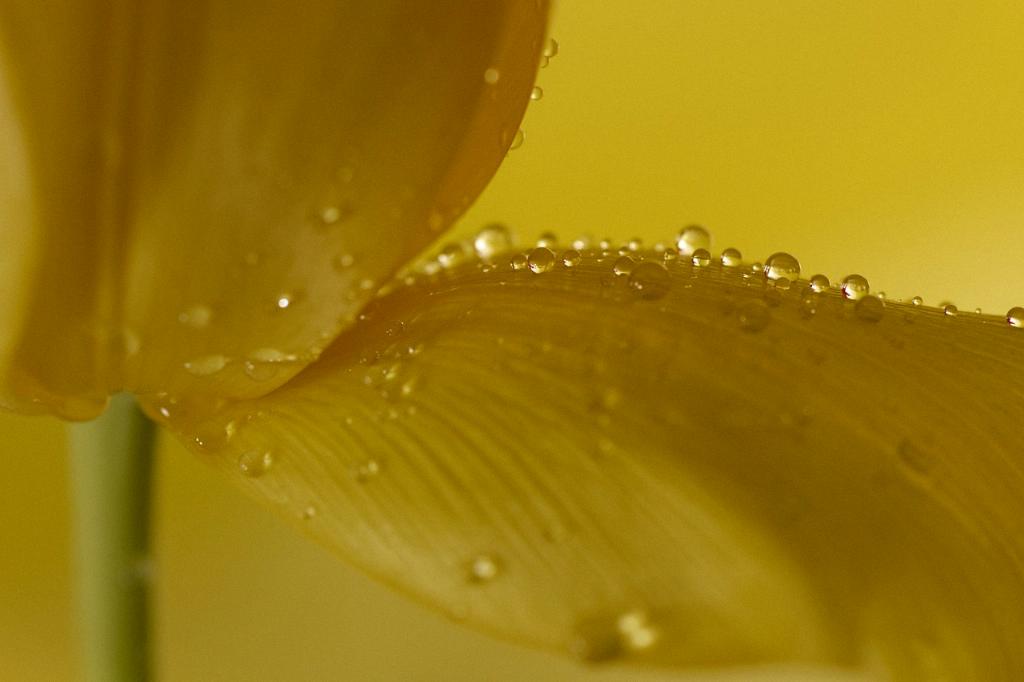Once your tulips have bloomed and the foliage has wilted away, it’s time to prepare your bulbs for storage to ensure a successful blooming season next year. Properly storing tulip bulbs is essential to protect them from pests and diseases while preserving their vigor. Here’s a step-by-step guide on how to store tulip bulbs effectively:
1. Allow the Foliage to Wither
After the tulips finish blooming, resist the urge to trim or remove the foliage immediately. Allow the leaves to naturally wither and turn yellow before cutting them back. This process helps the bulbs absorb nutrients and energy for the next blooming cycle.
2. Dig Up the Bulbs
Using a garden fork, carefully dig up the tulip bulbs, ensuring you don’t damage them in the process. Gently shake off excess soil and inspect the bulbs for any signs of damage or disease. Discard any bulbs that appear soft, moldy, or diseased.
3. Clean and Dry the Bulbs
Once the bulbs are dug up, clean off any remaining soil by gently brushing or shaking them. Avoid washing the bulbs with water, as moisture can increase the risk of rot during storage. Allow the bulbs to dry completely in a well-ventilated area for a few days.
4. Remove Foliage and Stems
Trim off any remaining foliage and stems from the bulbs using clean, sharp scissors or shears. Removing excess plant material reduces the risk of mold and fungal growth during storage. Leave a small portion of the stem attached to the bulb.
5. Inspect and Sort the Bulbs
Before storing the bulbs, carefully inspect each one for signs of damage, rot, or infestation. Sort the bulbs according to size and condition, discarding any that show signs of disease or decay. This step helps prevent the spread of pests or diseases in your bulb collection.
6. Choose the Right Storage Container
When storing tulip bulbs, select a suitable container that provides good air circulation and prevents moisture buildup. Avoid using plastic bags or airtight containers, as they can promote mold growth. Opt for paper bags, mesh bags, or shallow crates for optimal storage conditions.
7. Label the Bulbs
Before placing the bulbs in the storage container, label them with the variety name and color (if known). Proper labeling helps you identify the bulbs easily when it’s time to replant them in the fall. Use a permanent marker or labeling tape for clear identification.
8. Store in a Cool, Dark Place
Find a cool, dark, and well-ventilated storage location for your tulip bulbs. Ideally, store the bulbs in a dry area with temperatures between 50-60°F (10-15°C). Avoid exposing the bulbs to direct sunlight, high temperatures, or extreme humidity, as these conditions can damage the bulbs.
9. Monitor the Storage Conditions
Periodically check on your stored tulip bulbs to ensure they are in good condition. Look for any signs of mold, rot, or pests, and remove any affected bulbs immediately. Proper monitoring helps prevent issues and ensures the bulbs remain healthy until replanting.
10. Avoid Freezing Temperatures
While tulip bulbs require cool storage conditions, it’s important to avoid exposing them to freezing temperatures. Freezing can damage the bulbs and reduce their viability for the next blooming season. Keep the storage area above freezing but below room temperature.
11. Replant in the Fall
As the fall planting season approaches, prepare to replant your tulip bulbs in well-drained soil with plenty of sunlight. Follow proper planting guidelines for optimal growth and blooming performance. Replant the bulbs at the appropriate depth and spacing for the best results.

12. Enjoy Beautiful Blooms
By following these steps for storing tulip bulbs, you can preserve the health and vigor of your bulbs for future blooming seasons. With proper care and maintenance, you’ll be rewarded with stunning tulip blooms in your garden year after year. Enjoy the beauty and colors of these spring favorites!
